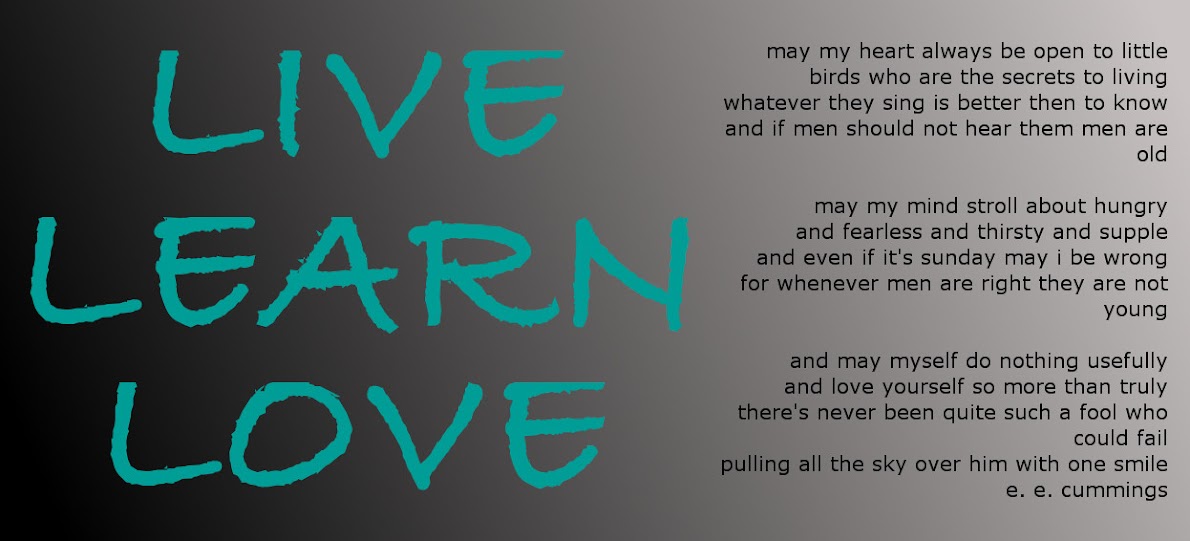Part of my project is looking at the foraging areas of the gulls, and
one way of doing this is to look at the things that the birds take onto the
colonies, and to dissect their regurgitated pellets. When I heard that
CapeNature and CoastCare were doing a cleanup on Keurbooms peninsula (also
known as bird island), one of my field sites, I jumped at collaborating with
them for my first cleanup of the colony. A big team went through that site,
while I and 3 Nature’s Valley Trust interns cleaned up the Lookout beach colony.
A large number of pellets were found, and an assortment of other plastics and
rubbish. My bakkie is now a storage spot for almost 10 half-filled plastic bags
of rubbish awaiting classification and organisation before being recycled or
taken to the dumpsite. The pellets that I found were really interesting,
clearly showing the urban and natural variation in the birds’ diet. All sorts
of plastics, foil, take-out packets, glass and chicken and lamb bones were
found as urban food sources, while fish bones and shells were found as natural
food sources. Really getting into the pellet dissection could yield some
seriously interesting data!
 |
| My bakkie load of rubbish and pellets! |
 |
| A spread of some pellets I picked up. |
 |
| By-catch of walking the beach. |
 |
| The biggest crab pincer I have ever found! |





No comments:
Post a Comment
Anything to share?